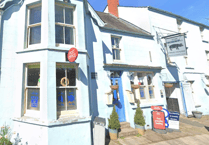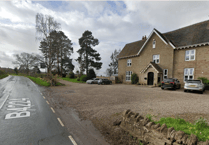Dear Editor,
I read your fascinating article in last week’s Ross Gazette with interest - “The Changing Face of Whitchurch.” In particular my attention was drawn to the picture, taken in the 1920s, which purported to show that “electricity had arrived as can be seen by the overhead pylons.”
As a former Post Office engineer in the days when one could get faults repaired within 24 hours, and almost every one of the five per cent of households that had a phone, had a black one, these ‘pylons’ looked awfully like telephone poles to me.
Poles like this with multiple arms and insulators often carried trunk and junction routes between towns. They used heavy gauge uninsulated copper wires in pairs.
When I was a child during the 1940s poles like these carried the trunk routes over the Pennine Moors. There was very little in the way of motor traffic at the time. These wires would add to the sense of isolation on the moorland by emitting an eerie hum as the breeze made them vibrate.
It was during the early 1900s that the telephone service grew rapidly. Some of these poles came to be sited in towns and were 80 feet tall in order to pass the wires over adjacent buildings. I believe maintenance at the time had to be carried out by volunteer engineers.
By the 1950s most of these telephone routes were converted to underground cables which could carry many more circuits, and the old poles were removed – never to hum again.
Peter Dewhurst
Ross-on-Wye





Comments
This article has no comments yet. Be the first to leave a comment.